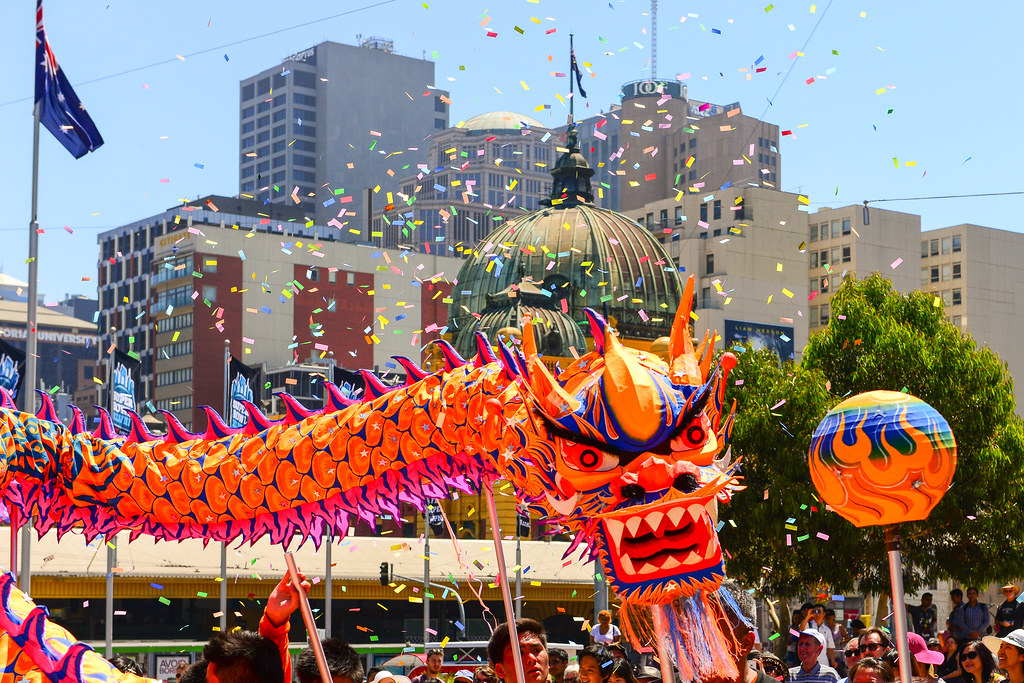Ancient Mesopotamia, often hailed as the cradle of civilization, was not only a hub of early urban development but also a rich tapestry of religious beliefs and practices. The inhabitants of this region, encompassing modern-day Iraq and parts of Syria and Turkey, worshipped a pantheon of gods and goddesses, each overseeing various aspects of the natural and social world. Temples, known as ziggurats, stood as monumental centers of worship and community gathering, reflecting the profound significance of religion in daily Mesopotamian life.
The Mesopotamians believed that their gods controlled all elements of existence, from agriculture and weather to justice and warfare. Deities such as Anu (the sky god), Enlil (god of air and storms), and Inanna (goddess of love and war) were central figures in their mythology. Religious rituals often involved offerings, prayers, and festivals aimed at appeasing these deities to ensure prosperity and protection. Priests held considerable power, acting as intermediaries between the gods and the people, and were responsible for maintaining the temples and conducting ceremonies.
Understanding the religious framework of ancient Mesopotamia offers valuable insights into how early societies sought to explain and influence the world around them. The integration of religion into governance, agriculture, and social structure underscores its foundational role in shaping Mesopotamian civilization. For modern scholars and enthusiasts, studying these ancient beliefs not only enriches our knowledge of human history but also highlights the enduring quest for meaning and connection that transcends time and culture.







